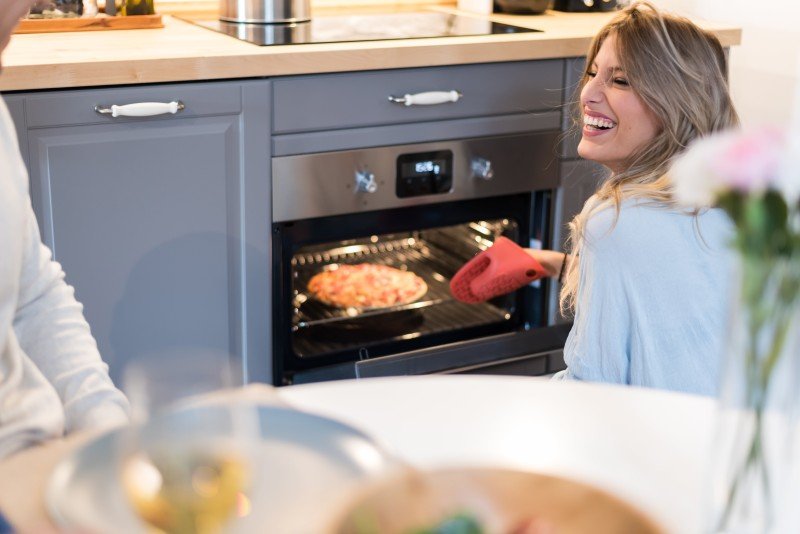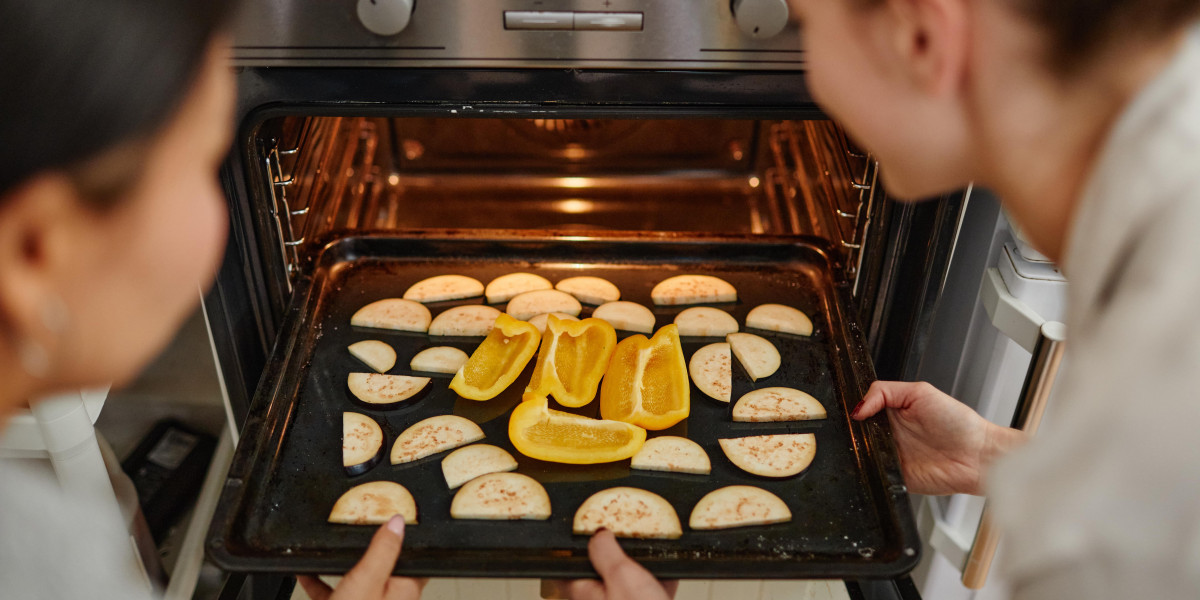In today's fast-paced world, convenience and efficiency within the kitchen hold significant value for both amateur cooks and culinary enthusiasts alike. An integrated cooker and hob are two components that have revolutionized home cooking by merging functionality with aesthetics. This article delves into the intricate details of integrated cookers and hobs, their features, benefits, and considerations, along with FAQs and practical tips for choosing the right option for your kitchen.
What Are Integrated Cookers and Hobs?
Integrated Cookers are Built in stove and oven-in appliances that typically combine an oven and a cooking surface (hob) into a single unit. These appliances are designed to optimize space and seamlessly blend into the kitchen cabinetry, providing a minimalist yet highly functional cooking environment.

Hobs, or cooktops, are the flat cooking surfaces on which pots and pans are placed to prepare meals. They can be powered by gas, electricity, or induction, catering to various cooking preferences.
Key Features of Integrated Cookers and Hobs
Both integrated cookers and hobs come with a range of features to enhance usability and efficiency in the kitchen. Below are some common features found in these appliances:
| Feature | Description |
|---|---|
| Design | Integrated design fits seamlessly with kitchen cabinetry. |
| Cooking Surface | Various configurations (gas, electric, induction) to suit cooking styles. |
| Oven Capacity | Different sizes and functionalities, from conventional to convection ovens. |
| Smart Technology | Connectivity and smart features for remote control and recipe management. |
| Safety Features | Child locks, automatic shut-off, and residual heat indicators for safety. |
| Ease of Cleaning | Smooth or removable surfaces for effortless maintenance. |
The Benefits of Integrated Cookers and Hobs
Integrated cookers and hobs offer numerous advantages, making them an attractive choice for many homeowners. Some of the significant benefits include:
- Space Efficiency: The combination of cooking and baking appliances saves valuable kitchen space, especially in smaller kitchens.
- Aesthetics & Design: With a sleek and modern design, integrated units enhance the visual appeal of the kitchen.
- Versatility: Many integrated cookers come with multiple functions, allowing for various cooking methods in one appliance.
- Improved Organization: Substantial storage areas in cabinetry befit an organized kitchen setup.
- Energy Efficiency: Many modern models are designed to minimize energy consumption, saving on utility bills.
Considerations When Choosing an Integrated Cooker and Hob
Before selecting an integrated cooker and hob, several aspects must be evaluated to ensure the ideal choice for your cooking needs:
- Kitchen Layout: Assess the kitchen's space and design to determine the appropriate size and compatibility of the appliance.
- Gas vs. Electric: Decide between gas or electric cooktops based on your cooking preferences, energy source availability, and cost considerations.
- Oven Features: Consider whether you require features like self-cleaning, additional cooking modes, or smart capabilities.
- Budget: Weigh your budget against desired features and specifications for a cost-effective choice.
Types of Integrated Cookers and Hobs
1. Integrated Electric Cookers
These cookers utilize electric power to heat both the hob and the oven. They are easy to install and often feature convection modes for even heating.
2. Integrated Gas Cookers
Gas cookers offer precise temperature control and instant heat, which many chefs prefer. They usually have a hob with burners that can handle various cookware.
3. Integrated Induction Cookers
Induction cookers use electromagnetic energy to cook food quickly and efficiently. They heat only the cookware, leaving the cooktop cool to the touch, enhancing safety.
4. Combination Ovens
Some integrated units include combination ovens that can function as both traditional ovens and microwaves, offering diverse cooking options.
Frequently Asked Questions (FAQs)
Q1: Can I install an integrated cooker and hob myself?A: It's recommended to have integrated cookers and hobs professionally installed, especially for gas units, to ensure safety and compliance with local regulations.
Q2: Are integrated cookers energy-efficient?A: Many modern integrated cookers and hobs are designed to be energy-efficient, utilizing advanced technologies that reduce energy consumption.
Q3: What is the lifespan of integrated cookers and hobs?A: On average, integrated cookers and hobs last between 10 to 15 years, depending on usage and routine maintenance.
Q4: Can I repair an integrated cooker or hob myself?A: While minor issues may be managed at home, most repairs are best left to qualified technicians to avoid further damage or safety hazards.
Integrated cookers and hobs represent the pinnacle of modern kitchen design, seamlessly melding functionality with style. Their space-saving characteristics and efficiency make them essential for contemporary kitchens. As home cooking continues to rise in popularity, investing in integrated kitchen appliances can streamline culinary experiences while maintaining a clean and attractive kitchen aesthetic.

In considering an integrated cooker and hob, it’s essential to assess personal cooking habits, kitchen dimensions, and budget constraints to make an informed decision that best suits individual needs.
In summary, integrated cookers and hobs are a marvellous solution for anyone looking to optimize their cooking space while maintaining a modern, stylish kitchen. Embrace the innovation of these appliances for a more enjoyable and efficient cooking experience.






